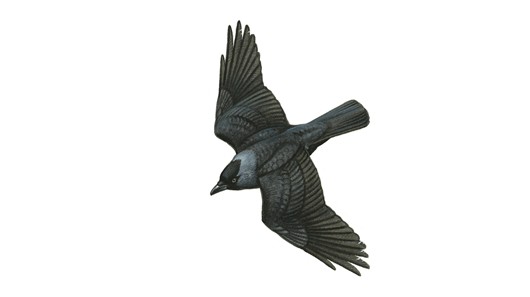This is an old revision of the document!
Mental Health and Wellbeing
In addition to those measures collected in childhood, the following measures were collected in adult life.
Age 26 years
The short Maudsley Personality Inventory (MPI; Eysenck, 1958) was administered (repeated from age 16). In addition study members were asked if they were under any nervous strain in their work or home and personal life.
Age 36 years
Survey members were interviewed by trained nurses using a shortened version of the Present State Examination (PSE: Wing et al. 1974, 1977; Wing and Sturt 1978). The shortened version of the PSE used in NSHD consisted of the first 48 items (symptoms) of the ninth edition, with the exceptions of items 2, 3 and 13, which do not contribute to the scoring procedure, the inclusion of items 97, 98, 99 and 103, the addition of three general questions on affect over the previous year, and the inclusion of the standard PSE question on treatment for 'nerves', extended to cover the past year. The reliability and validity of this instrument in the NSHD were reported by Rodgers and Mann (1986).
Age 43 years
Study members were administered the Psychiatric Symptom Frequency Scale (PSF; Rodgers, 1994) by trained nurses, an interview-based scale for symptoms of anxiety and depression over the previous 12 months. The reliability and validity of this measure is reported by Lindelow et al. (1997).
Age 52 years
A 42-item version of the Ryff Psychological Well-being Scale (PWB; Ryff, 1989; Abbott et al. 2006) was included in the women's health questionnaire (see 7.9.1) at age 52 years. This self-report questionnaire includes seven questions for each of six dimensions: autonomy, environmental mastery, personal growth, positive relations with others, purpose in life, and self-acceptance).
Age 53 years
Study members completed the 28-item version of the General Health Questionnaire (GHQ-28; Goldberg & Hillier, 1979). This is a self-administered screening questionnaire for detecting diagnosable psychiatric disorder in the general population.
Age 15-30 years: A composite set of variables represents the duration and severity of psychiatric disorder, based on detailed examination of all available records. This information did not include diagnosis, so all new identified admissions were followed up with the hospitals. The relevant summary variable is PSY, which grades study members from no illness to continuous inpatient psychiatric care since age 15 years. Additional variables provide details of diagnosis and clinical presentation. This information has been used by Kuh et al. (2002), and by Lokugamage et al. (2006).
Longitudinal profiles: One technical problem with estimating lifetime psychological risk to age 53 years in NSHD is that all relevant measures were unique to each assessment or life course phase, and none except the two sets of teacher ratings had been repeated. This problem was addressed by Colman et al. (2007), who derived longitudinal typologies using latent class analysis incorporating information on affective behaviours or symptoms at 6 time points: teacher ratings at ages 13 and 15 years (see 7.3.5), the PSE at age 36 years, the PSF at 43 years, and the GHQ-28 at 53 years. From these data 6 longitudinal profiles were derived: 1. absence of symptoms (44.8%); 2. adult-onset moderate symptoms (11.3%); 3. repeated moderate symptoms (33.6%); 4. adolescent-onset symptoms with good adult outcome (5.8%); 5. adult-onset severe symptoms (2.8%); 6. repeated severe symptoms (1.7%). Details of the latent class methodology, and some findings on early associates of these profiles, can be found in Colman et al. (2007).
Research programme
Further information on the Mental Health and Wellbeing research programme is available on the public LHA website.

